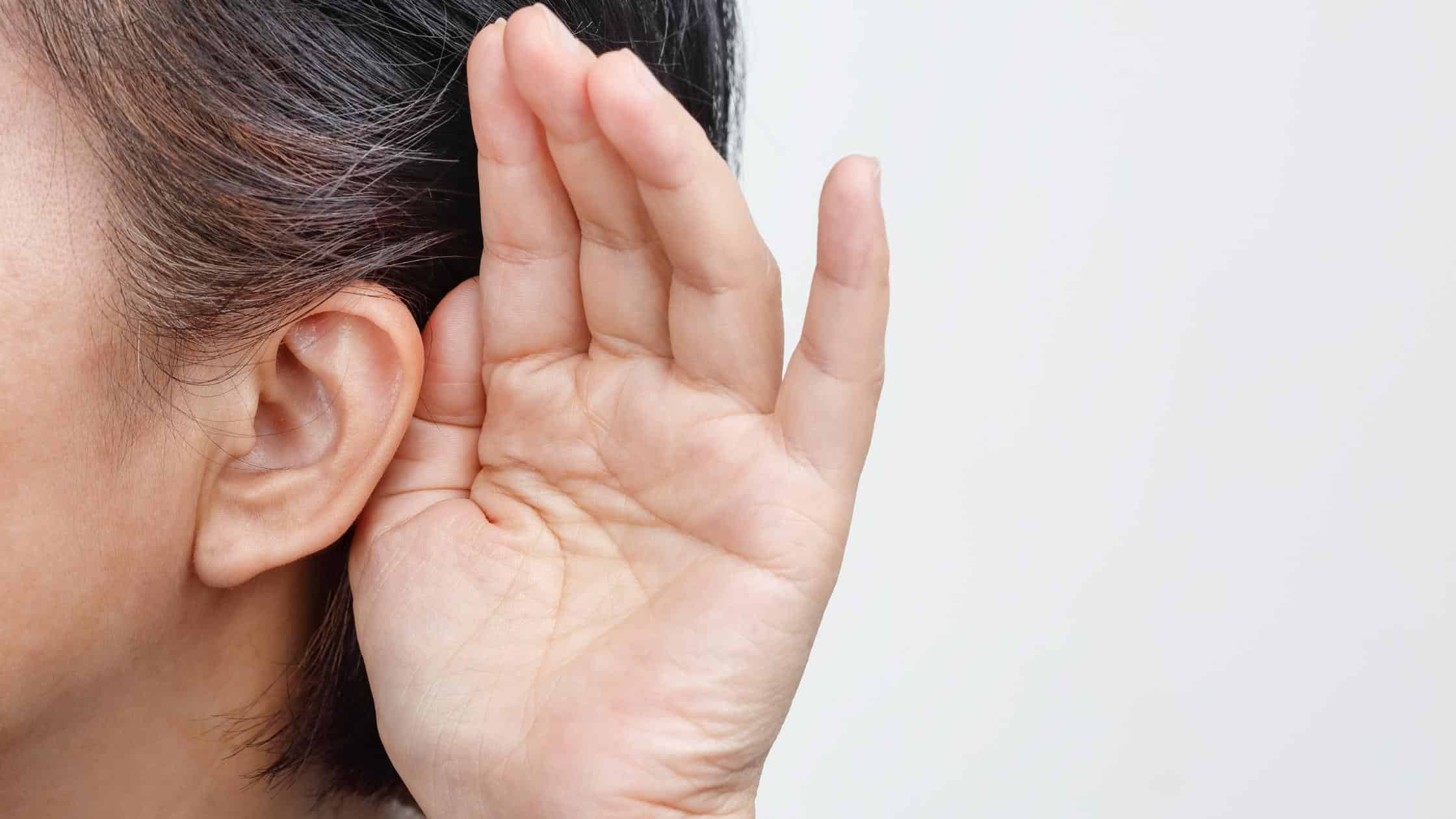
Hearing loss comes in many shapes and sizes, and no two individual experiences are exactly the same. In fact, a personal hearing test is the only way to determine what type and severity of hearing loss you experience. Of the many types of hearing loss, there are many ways to categorize these differences. One of the fundamental definitions of hearing loss addresses whether the loss affects one or two of the ears. In most cases, both of the ears are affected with hearing loss to some extent, otherwise known as “bilateral” hearing loss. However, some people have single-sided or “unilateral” hearing loss.
Even among those who have bilateral hearing loss, many find that one ear is affected more than the other. When one of the ears has better hearing ability than the other, a person is said to have “asymmetrical” hearing loss. When both ears have the same hearing ability, that degree of hearing loss is said to be “symmetrical.” These terms are useful for understanding more about single-sided hearing loss. What happens if you have only one ear affected by hearing loss? Can you get by with just one hearing aid, for example? Let’s take a closer look at the phenomenon of single-sided hearing loss, as well as the common treatment approaches that you are likely to learn from your hearing healthcare provider.
Single-Sided vs. Asymmetrical Hearing Loss
Some people seek treatment for hearing loss believing that they have one “bad ear.” In conversations, they might even ask people to stand closer or to speak into their “good ear,” believing that they only have hearing loss in one ear. Indeed, it is possible to have genuinely single-sided hearing loss. Some people have experienced a one-sided exposure to noise, such as from a particular piece of machinery in a workplace or a sudden blast, explosion, or gunshot that only affected one ear. Although single-sided hearing loss is possible, it is less common than asymmetrical hearing loss. Most people, when they have a full diagnosis of hearing needs, find that they have some hearing loss in both ears. The sensation that they have a “good ear” and a “bad ear” is actually the experience of asymmetrical hearing loss that makes one better at hearing certain sounds than the other.
Treatment for Single-Sided Hearing Loss
If you are one of those people with single-sided hearing loss, you might think that an appropriate line of treatment would be to get a single hearing aid. Indeed, this approach might have been helpful with old models of hearing aids that simply raised the volume uniformly on the world. However, current models of hearing aids do much more to transform the sound in the world into something that serves the brain and communication functions. Today’s hearing aids not only raise the volume on the world, but they also use the principles of stereo sound to create a sense of space and physical location. When you wear two hearing aids, they interact with one another to enhance your communication ability, including the ability to identify the sound of one speaker in a room full of noise or other speakers. The other benefits of wearing two hearing aids include better audio quality, a lower general level of amplification, and even benefits for brain stimulation. Those who wear two hearing aids instead of one report much higher satisfaction with their experience, and we recommend stereo hearing aids for those who have both asymmetrical and single-sided hearing loss.
If you are concerned about a “bad ear” or the possibility that one side of your hearing is worse than the other, the first step is to get a thorough diagnostic exam from our hearing health professionals. When we perform your hearing test, we will be able to tell which ranges of sound are easier or more difficult to hear on the two sides of your head independently. With this analysis in hand, we can determine the right course of treatment for your needs, including the balance of volume and frequency spectrum to meet your individual condition. Don’t delay getting the test any longer, making it possible to return to having two “good ears”!
